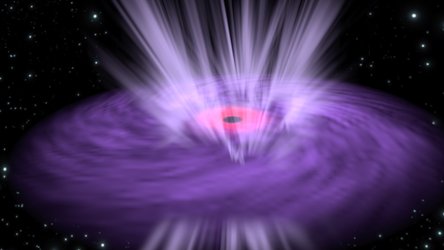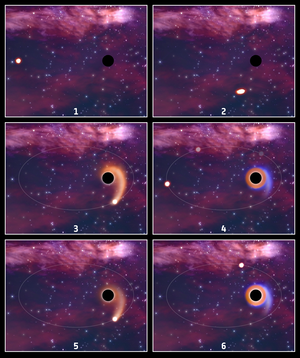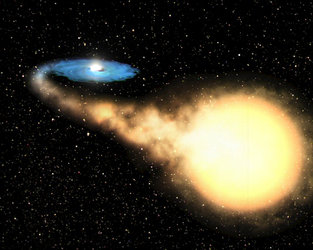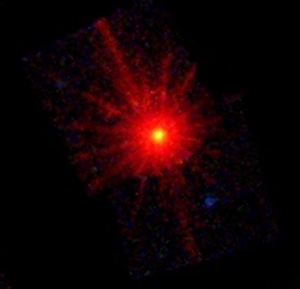Accept all cookies Accept only essential cookies See our Cookie Notice

About ESA
The European Space Agency (ESA) is Europe’s gateway to space. Its mission is to shape the development of Europe’s space capability and ensure that investment in space continues to deliver benefits to the citizens of Europe and the world.
Highlights
ESA - United space in Europe
This is ESA ESA facts Member States & Cooperating States Funding Director General Top management For Member State Delegations European vision European Space Policy ESA & EU Responsibility & Sustainability Annual Report Calendar of meetings Corporate newsEstablishments & sites
ESA Headquarters ESA ESTEC ESA ESOC ESA ESRIN ESA EAC ESA ESAC Europe's Spaceport ESA ESEC ESA ECSAT Brussels Office Washington OfficeWorking with ESA
Business with ESA ESA Commercialisation Gateway Law at ESA Careers Cyber resilience at ESA IT at ESA Newsroom Partnerships Merchandising Licence Education Open Space Innovation Platform Integrity and Reporting Administrative Tribunal Health and SafetyMore about ESA
History ESA Historical Archives Exhibitions Publications Art & Culture ESA Merchandise Kids Diversity ESA Brand Centre ESA ChampionsLatest
Space in Member States
Find out more about space activities in our 23 Member States, and understand how ESA works together with their national agencies, institutions and organisations.
Science & Exploration
Exploring our Solar System and unlocking the secrets of the Universe
Go to topicAstronauts
Missions
Juice Euclid Webb Solar Orbiter BepiColombo Gaia ExoMars Cheops Exoplanet missions More missionsActivities
International Space Station Orion service module Gateway Concordia Caves & Pangaea BenefitsLatest
Space Safety
Protecting life and infrastructure on Earth and in orbit
Go to topicAsteroids
Asteroids and Planetary Defence Asteroid danger explained Flyeye telescope: asteroid detection Hera mission: asteroid deflection Near-Earth Object Coordination CentreSpace junk
About space debris Space debris by the numbers Space Environment Report In space refuelling, refurbishing and removingSafety from space
Clean Space ecodesign Zero Debris Technologies Space for Earth Supporting Sustainable DevelopmentLatest
Applications
Using space to benefit citizens and meet future challenges on Earth
Go to topicObserving the Earth
Observing the Earth Future EO Copernicus Meteorology Space for our climate Satellite missionsCommercialisation
ESA Commercialisation Gateway Open Space Innovation Platform Business Incubation ESA Space SolutionsLatest
Enabling & Support
Making space accessible and developing the technologies for the future
Go to topicBuilding missions
Space Engineering and Technology Test centre Laboratories Concurrent Design Facility Preparing for the future Shaping the Future Discovery and Preparation Advanced Concepts TeamSpace transportation
Space Transportation Ariane Vega Space Rider Future space transportation Boost! Europe's Spaceport Launches from Europe's Spaceport from 2012Latest

XMM-Newton sees light echo from behind a black hole
Thank you for liking
You have already liked this page, you can only like it once!
For the first time, astronomers have singled out light coming from behind a black hole, enabling them to study the processes on its far side.
Using ESA’s XMM-Newton and NASA’s NuSTAR space telescopes, an international team of scientists led by Dan Wilkins of Stanford University in the USA observed extremely bright flares of X-ray light coming from around a black hole.
The X-ray flares echoed off of the gas falling into the black hole, and as the flares were subsiding, the telescopes picked up fainter flashes, which were the echoes of the flares bouncing off the gas behind the black hole.
This supermassive black hole is 10 million times as massive as our Sun and located in the centre of a nearby spiral galaxy called I Zwicky 1, 800 million light-years away from Earth.
The astronomers did not expect to see anything from behind the black hole, since no light can escape from it. But because of the black hole’s extreme gravity warping the space around it, light echoes from behind the black hole were bent around the black hole, making them visible from XMM and NuSTAR’s point of view.
The discovery began with the search to find out more about the mysterious ‘corona’ of the black hole, which is the source of the bright X-ray light. Astronomers think that the corona is a result of gas that falls continuously into the black hole, where it forms a spinning disk around it – like water flushing down a drain.
This gas disk is heated up to millions of degrees and generates magnetic fields that get twisted into knots by the spinning black hole. When the magnetic field gets tied up, it eventually snaps, releasing the energy stored within it. This heats everything around it and produces the corona of high energy electrons that produce the X-ray light.
The X-ray flare observed from I Zwicky 1 was so bright that some of the X-rays shone down onto the disk of gas falling into the black hole. The X-rays that reflected on the gas behind the black hole were bent around the black hole, and these smaller flashes arrived at the telescopes with a delay. These observations match Einstein’s predictions of how gravity bends light around black holes, as described in his theory of General Relativity.
The echoes of X-rays from the disk have specific ‘colours’ of light and as the X-rays travel around the black hole, their colours change slightly. Because the X-ray echoes have different colours and are seen at different times, depending where on the disk they reflected from, they contain a lot of information about what is happening around a black hole. The astronomers want to use this technique to create a 3D map of the black hole surroundings.
Another mystery to be solved in future studies is how the corona produces such bright X-ray flares. The mission to characterise and understand black hole coronas will continue with XMM-Newton and ESA’s future X-ray observatory, Athena (Advanced Telescope for High-ENergy Astrophysics).
The team published their findings in Nature. DOI: 10.1038/s41586-021-03667-0
-
CREDIT
ESA -
LICENCE
ESA Standard Licence

Black hole with ultrafast winds

A black hole eating a star again and again

Artist’s impression of stellar-mass black hole

XMM-Newton's view of star-shredding black hole















 Germany
Germany
 Austria
Austria
 Belgium
Belgium
 Denmark
Denmark
 Spain
Spain
 Estonia
Estonia
 Finland
Finland
 France
France
 Greece
Greece
 Hungary
Hungary
 Ireland
Ireland
 Italy
Italy
 Luxembourg
Luxembourg
 Norway
Norway
 The Netherlands
The Netherlands
 Poland
Poland
 Portugal
Portugal
 Czechia
Czechia
 Romania
Romania
 United Kingdom
United Kingdom
 Slovenia
Slovenia
 Sweden
Sweden
 Switzerland
Switzerland























